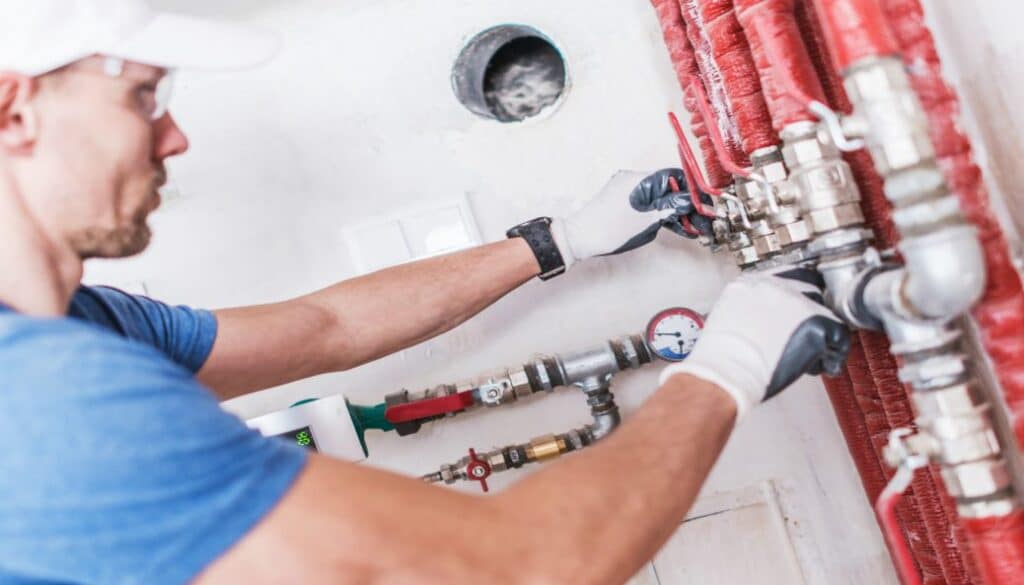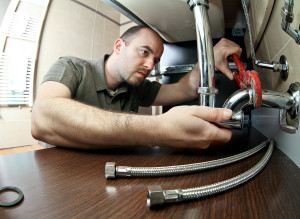They are making a number of great annotation regarding DIY Plumbing Projects and When to Call a Professional overall in the content underneath.

Introduction
Plumbing concerns can vary from small inconveniences to significant migraines, usually prompting property owners to decide in between taking on the issue themselves or calling a specialist plumbing professional. Recognizing when to do it yourself and when to seek expert aid can conserve time, cash, and stop potential calamities. This write-up explores the aspects to take into consideration when making this essential decision.
Advantages of Do It Yourself Pipes
Tackling pipes jobs on your own can be fulfilling in numerous means, specifically for less complex projects.
Expense Cost savings
Do it yourself pipes projects typically conserve cash by staying clear of professional service fees. Jobs like repairing small leaks, changing taps, or setting up new showerheads are examples where property owners can take care of repairs without hiring a plumbing technician.
Ability Improvement
Participating in DIY plumbing offers a chance to learn and boost practical abilities. Standard tasks encourage homeowners to recognize their plumbing systems far better and acquire self-confidence in handling small repairs independently.
Risks of Do It Yourself Pipes
While DIY tasks provide benefits, specific risks must be thoroughly thought about prior to attempting repair services.
Complexity of Tasks
Some pipes concerns need specific knowledge and devices beyond typical house owner capacities. Messing up intricate problems can bring about more damages and costly fixings.
Safety Concerns
Collaborating with pipes systems involves dangers such as direct exposure to water damages, potential for electrical hazards, and handling tools inaccurately. Safety preventative measures need to be observed to prevent crashes and make certain reliable fixings.
Indicators to Call a Professional Plumber
Identifying when a plumbing problem exceeds DIY capabilities is crucial to stop intensifying troubles.
Indications of Facility Problems
Examples consist of:
Motivate professional treatment is essential to address these problems properly and minimize damage.
DIY Plumbing Tips
For successful DIY plumbing, it's vital to be prepared with the right devices and comply with appropriate procedures.
Standard Devices and Products
Secret tools for DIY pipes:
Step-by-Step Guides
Clear guidelines make sure secure and reliable DIY repair services:
Selecting the Correct Time to DIY
Establishing when to deal with pipes tasks on your own requires examining both the complexity of the problem and individual comfort levels.
Analysis Checklist
Think about:
When to Certainly Call an Expert
Specific circumstances require instant skilled interest to avoid substantial damage or security risks.
Examples include:
Searching for and Working With a Specialist Plumber
Choosing a certified plumbing professional makes certain trusted solution and comfort in dealing with plumbing concerns.
Criteria for Selection
Aspects to think about:
Cost Evaluation: do it yourself vs. Specialist Services
Comparing the financial ramifications of DIY initiatives versus expert plumbing services helps in making notified decisions.
Financial Considerations
Assess:
Final thought
Making a decision whether to DIY or call a professional plumber rests on comprehending the complexity of pipes problems and individual abilities. By weighing the advantages and risks, homeowners can make educated choices that advertise efficient upkeep and safeguard their homes from plumbing calamities.
DIY Plumbing Projects: What Homeowners Can Do and When to Call a Professional
Welcome to our comprehensive guide on DIY plumbing projects. In this blog post, we aim to empower homeowners with the knowledge and skills to tackle basic plumbing tasks around the house. From unclogging drains to fixing a leaky faucet, we’ll walk you through step-by-step instructions on how to handle these common issues.
However, not all plumbing problems can or should be solved with a DIY approach. Recognizing when a problem is beyond your skill level and requires professional intervention is just as important as knowing how to perform basic tasks. We’ll also discuss the signs that indicate it’s time to put down your tools and pick up the phone to call a professional plumber. By understanding when to DIY and when to call a professional, you can save time, avoid potential disasters, and ensure your home’s plumbing system remains in top shape.
Understanding Plumbing Basics
Before we dive into the DIY projects, let’s take a moment to understand the basics of your home’s plumbing system. A typical residential plumbing system consists of two major components: the water supply system, which brings fresh water into your home, and the drainage system, which removes waste water. These systems are made up of a network of pipes, valves, and fixtures that work together to deliver clean water and dispose of waste efficiently.
Regular maintenance of your plumbing system is crucial to prevent minor issues from escalating into major problems. This includes tasks like checking for leaks, removing minor clogs, and ensuring your pipes are insulated for winter. By performing these tasks regularly, you can extend the lifespan of your plumbing system, save money on water bills, and maintain the comfort and hygiene of your home.
In the following sections, we’ll explore some common DIY plumbing projects that homeowners can handle, as well as situations that require the expertise of a professional plumber. Whether you’re a seasoned DIY enthusiast or a beginner, this guide will provide you with valuable insights into the world of home plumbing.
DIY Plumbing Projects Homeowners Can Handle
Plumbing may seem intimidating, but there are several tasks that homeowners can confidently tackle with a little guidance and the right tools. Here are a few common issues you might encounter and how to address them.
Unclogging Drains
Use a Plunger: This is your first line of defense. A good old-fashioned plunger can dislodge the obstruction and clear the drain in many cases. Try a Plumber’s Snake or Hand Auger: If the plunger doesn’t work, a plumber’s snake or hand auger can reach deeper into the pipe to break up the clog. Use a Drain Cleaner: If physical methods fail, a chemical drain cleaner can dissolve the clog. However, use these products sparingly as they can damage your pipes if overused.

Hopefully you enjoyed our post on When to call a professional plumber vs. DIY. Thanks so much for taking the time to browse our post. Appreciated our blog entry? Please quickly share it. Help somebody else discover it. Thank-you for your time invested reading it.
Get A Quote